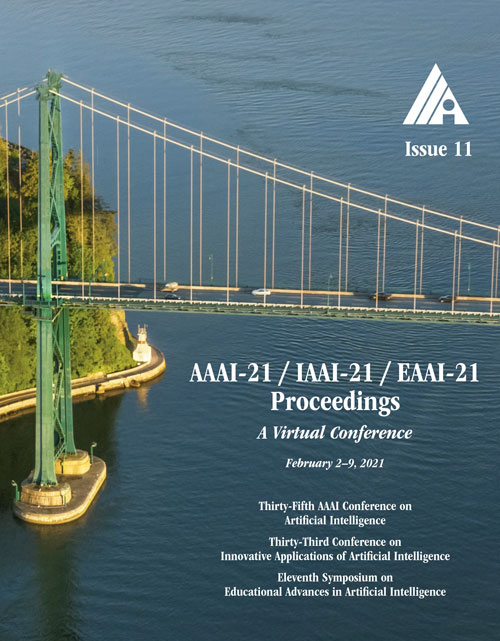Why Adversarial Interaction Creates Non-Homogeneous Patterns: A Pseudo-Reaction-Diffusion Model for Turing Instability
DOI:
https://doi.org/10.1609/aaai.v35i11.17137Keywords:
(Deep) Neural Network Learning Theory, Representation Learning, Learning & Optimization for CVAbstract
Long after Turing's seminal Reaction-Diffusion (RD) model, the elegance of his fundamental equations alleviated much of the skepticism surrounding pattern formation. Though Turing model is a simplification and an idealization, it is one of the best-known theoretical models to explain patterns as a reminiscent of those observed in nature. Over the years, concerted efforts have been made to align theoretical models to explain patterns in real systems. The apparent difficulty in identifying the specific dynamics of the RD system makes the problem particularly challenging. Interestingly, we observe Turing-like patterns in a system of neurons with adversarial interaction. In this study, we establish the involvement of Turing instability to create such patterns. By theoretical and empirical studies, we present a \textit{pseudo-reaction-diffusion} model to explain the mechanism that may underlie these phenomena. While supervised learning attains homogeneous equilibrium, this paper suggests that the introduction of an adversary helps break this homogeneity to create non-homogeneous patterns at equilibrium. Further, we prove that randomly initialized gradient descent with over-parameterization can converge exponentially fast to an $\epsilon$-stationary point even under adversarial interaction. In addition, different from sole supervision, we show that the solutions obtained under adversarial interaction are not limited to a tiny subspace around initialization.Downloads
Published
2021-05-18
How to Cite
Rout, L. (2021). Why Adversarial Interaction Creates Non-Homogeneous Patterns: A Pseudo-Reaction-Diffusion Model for Turing Instability. Proceedings of the AAAI Conference on Artificial Intelligence, 35(11), 9436-9444. https://doi.org/10.1609/aaai.v35i11.17137
Issue
Section
AAAI Technical Track on Machine Learning IV

